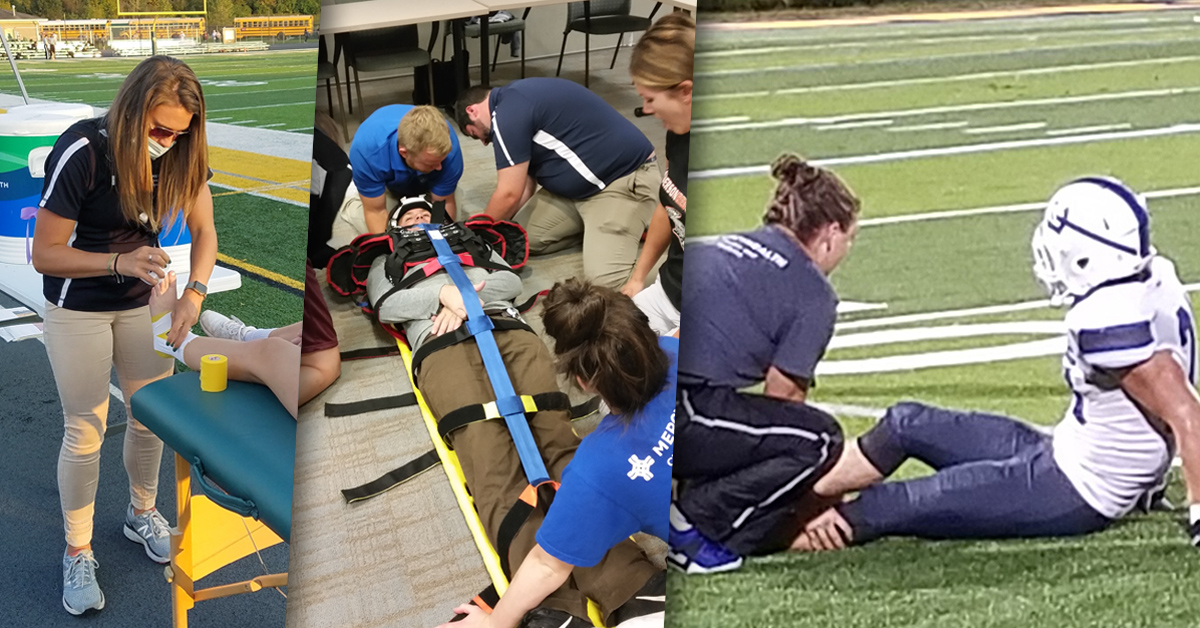Skin cancer is the most common cancer in the United States. And of the three main types of skin cancer, Melanoma is the deadliest.
“Outdoor athletes receive higher doses of UV radiation than most people. Thus, there are greater melanoma risk factors found in outdoor athletes,” says Erin Heuring, MD, a dermatologist in our Toledo market.
Learning how to stay safe from the sun during a race can help prevent skin cancer.
First off, The American Academy of Dermatology recommends using sunscreen with a sun protection factor (SPF) of at least 30. They also encourage limiting your exposure to the sun between the hours of 10am and 2pm when the sun’s rays are the strongest.
Additionally, the American Cancer Society (ACS) encourages you to Slip, Slop, Slap and Wrap!
- Slip on a shirt. Up to 80% of UV radiation can still get to you on a cloudy day.
- Slop on at least an ounce of SPF 30 sunscreen 30 minutes before going outdoors. Reapply every two hours and more frequently if you are sweating.
- Slap on a hat. The hat’s brim should by at least two to three inches all around.
- Wrap on sunglasses. They should have at least 99% UV absorption to protect the eyes and the skin around the eyes.
While not the deadliest, non-melanoma skin cancer is the most common and is still dangerous. The warning signs of non-melanoma skin cancer and melanoma are different.
Warning signs of non-melanoma skin cancer include:
- A new skin growth
- A spot that is getting larger
- A sore place that does not heal within three months
- Any change on the skin, especially the size or color of a mole
- Scaliness, oozing, bleeding or change in the appearance of a bump, nodule or mole
- The spread of pigmentation beyond the boarder of a mole
- A change in sensation, itchiness, tenderness, or pain in the skin
Warning signs of melanoma have a simple ABCDE rule:
- A: asymmetry – one half of the mole does not match the other half
- B: border irregularity – the edges are ragged, notched or blurred
- C: color – pigmentation is not uniform, with variable degrees of tan, brown or black
- D: diameter – greater than 6mm, about the size of the eraser end of a pencil. Any sudden increase or progressive increase should be of concern.
- E: evolution – new or changing skin growths or spots
The ACS guidelines state that anyone who is age 20 and older should have a skin examination by their primary care physician during their annual health check-up. Learn about the skin care services we provide at Mercy Health.
We hope you keep these healthy skin tips in mind – especially those currently preparing for the Toledo Glass City Marathon on Sunday, April 25. From the relay to 5k to full marathon, there is something for everyone in this race. If you’ve been training but have yet to sign up, there is still time to register.
If you are experiencing any significant physical pain during your training, our Mercy Health — Orthopedic and Sports Medicine Team is here to help.






